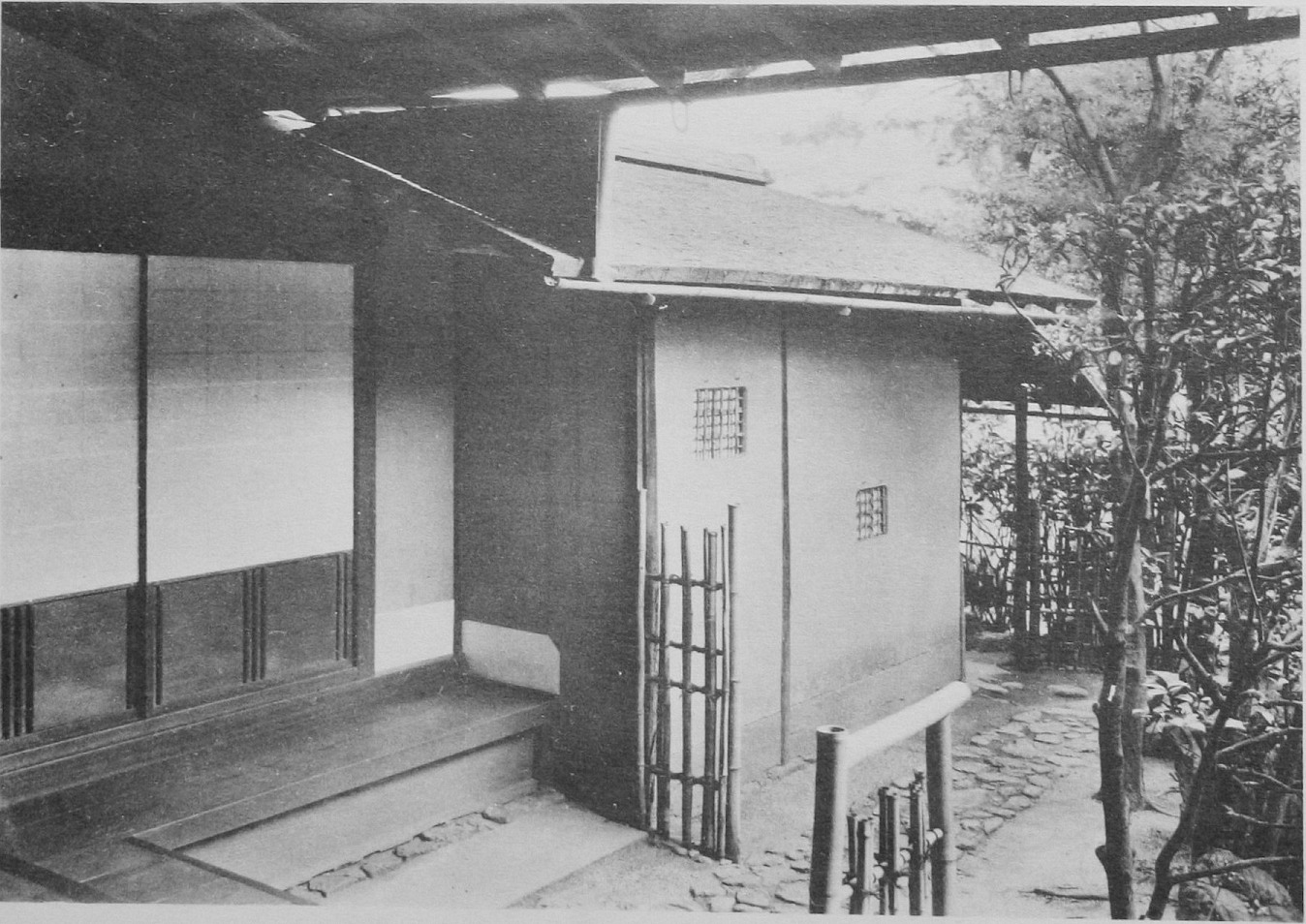Tai-an on:
[Wikipedia]
[Google]
[Amazon]
 is a
is a
''From Castle to Teahouse: Japanese Architecture of the Momoyama Period.''
Tokyo. Tuttle Publishing.
OCLC 512972
* Anderson, Jennifer L. (1991). ''An Introduction to the Japanese Tea Ritual.'' Albany, New York. State University of New York.
 is a
is a Momoyama period Momoyama may refer to:
History
*Azuchi–Momoyama period, the final phase of the Sengoku period in Japanese history 1568–1600
People
*Ion Momoyama, Japanese singer and voice actor
*Momoyama Kenichi (1909–1991), Korean prince and cavalry office ...
'' chashitsu'' (Japanese tea house) located at Myōki-an temple in Yamazaki
Yamazaki or Yamasaki (written: lit. "mountain promontory") is the 22nd most common Japanese surname. Less common variants are and . Notable people with the surname include:
*Amy Yamazaki, British actress
*Arturo Yamasaki, Peruvian-Mexican foot ...
, Kyoto
Kyoto (; Japanese language, Japanese: , ''Kyōto'' ), officially , is the capital city of Kyoto Prefecture in Japan. Located in the Kansai region on the island of Honshu, Kyoto forms a part of the Keihanshin, Keihanshin metropolitan area along wi ...
.
Tai-an was designed by the great tea master Sen no Rikyū
, also known simply as Rikyū, is considered the historical figure with the most profound influence on ''chanoyu,'' the Japanese "Way of Tea", particularly the tradition of '' wabi-cha''. He was also the first to emphasize several key aspects ...
in 1582. Sen no Rikyū was named the tea master of Toyotomi Hideyoshi
, otherwise known as and , was a Japanese samurai and ''daimyō'' (feudal lord) of the late Sengoku period regarded as the second "Great Unifier" of Japan.Richard Holmes, The World Atlas of Warfare: Military Innovations that Changed the Cour ...
that same year, following Oda Nobunaga's death, and as Hideyoshi was battling around the area at the time, they often held tea ceremonies there. In fact it is often said that it was built for exactly this purpose.
An example of the smallest type of ''chashitsu'', its main layout consists of one ''tatami
A is a type of mat used as a flooring material in traditional Japanese-style rooms. Tatamis are made in standard sizes, twice as long as wide, about 0.9 m by 1.8 m depending on the region. In martial arts, tatami are the floor used for traini ...
'' mat for the host and another one for the guest. On the north side, where the tea house connects with another building, there is a ''tokonoma
A , or simply , is a recessed space in a Japanese-style reception room, in which items for artistic appreciation are displayed. In English, a could be called an alcove.
History
There are two theories about the predecessor of : the first is ...
''. The entrance, on the south side, is said to have been designed larger than usual in order to allow Hideyoshi to enter with his armor on. On the west side there is another one mat area with a shelf for tea utensils, and a tablet with the name of the teahouse hanging near the ceiling.Kirby, John B. (1962). ''From Castle to Teahouse: Japanese Architecture of the Momoyama Period.'' pp. 197-198.
Tai-an is the only teahouse definitely attributed to Sen no Rikyū, and as such it is designated a National Treasure
The idea of national treasure, like national epics and national anthems, is part of the language of romantic nationalism, which arose in the late 18th century and 19th centuries. Nationalism is an ideology that supports the nation as the funda ...
. It can be visited with advanced reservations with an entrance fee.
Notes
References
* Fukukita, Yasunosuke (1932). ''The Cult of Japan. An Aesthetic Pastime.'' Maruzen & Co. * Kirby, John B. (1962)''From Castle to Teahouse: Japanese Architecture of the Momoyama Period.''
Tokyo. Tuttle Publishing.
OCLC 512972
* Anderson, Jennifer L. (1991). ''An Introduction to the Japanese Tea Ritual.'' Albany, New York. State University of New York.
Columbia University
Columbia University (also known as Columbia, and officially as Columbia University in the City of New York) is a private research university in New York City. Established in 1754 as King's College on the grounds of Trinity Church in Manhatt ...
1582 in Japan
Buildings and structures in Kyoto
Chashitsu
National Treasures of Japan
Buildings and structures completed in 1582
{{japanese-restaurant-stub